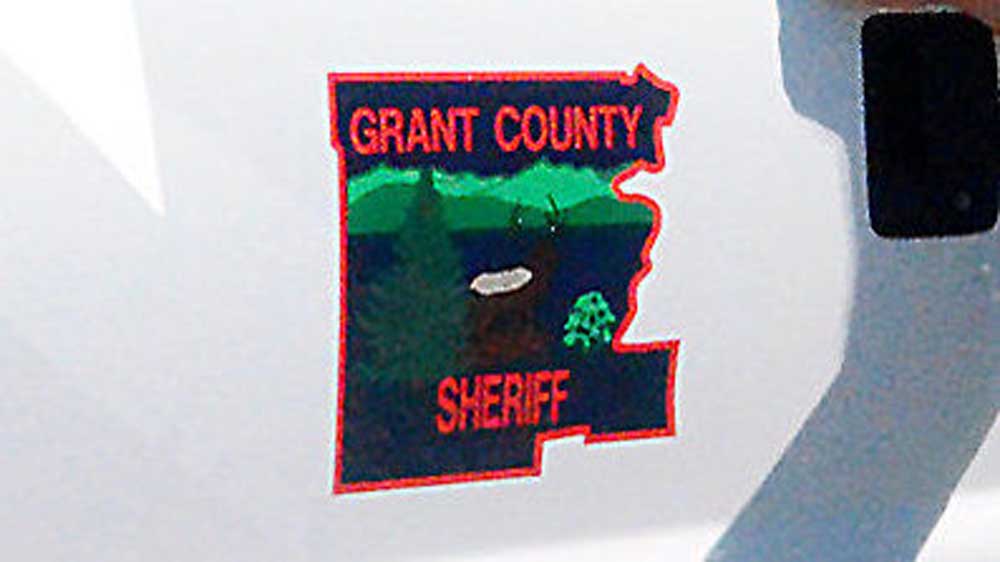Tax rates on the rise in fire station report
Published 10:39 am Tuesday, March 18, 2014
JOHN DAY – The John Day fire station bond measures would require a higher tax rate than originally estimated – but officials say the project is still a good deal.
Trending
“It’s still going to be reasonable,” said Mayor Ron Lundbom. “The numbers are still very affordable.”
The John Day City Council reviewed the new information last week in a report from Katie Schwab, senior vice president of Wedbush Securities, the financial adviser recently hired for the project.
Also attending were board members member the John Day Rural Fire Protection District, which would share costs of the new station.
Trending
Both jurisdictions will have a bond measure on the May 20 ballots, the city seeking the OK to issue $655,000 and the rural district $550,000 in general obligation bonds.
If both are approved, the bond sale for the $1.2 million project could move ahead and a new fire station would be built to replace the existing, aging structure on Dayton Street.
Schwab’s report estimates the tax rate in the first year of the bond would be about 61.5 cents per $1,000 valuation for property owners in the city and fire district. At that rate, the owner of a $125,000 home would pay about $76.88 for the fire station project.
The annual tax rate is expected to drop over the life of the bond, largely because the total assessed valuation is expected to grow. A chart provided by Schwab projects the estimated tax rate to drop gradually to 42.6 cents per $1,000 at the end of 20 years – or $53.25 on the tax bill for the $125,000 property.
While the rate is expected to trend downward each year, the new projections from start to finish are higher than the rate cited in discussions over the past year about the fire hall project.
Stan Foster of PARC Resources, who did a strategic plan for the project, last April estimated a tax rate of 35.5 cents per $1,000. That rate would have meant in a tax bill of $44.38 for the owner of the $125,000 home.
Lundbom said it was disappointing to learn that those numbers didn’t pan out. He said the city didn’t get a specific breakdown of the factors behind that estimate.
“For whatever reason, he got the wrong data, and we almost went to the bank on it,” Lundbom said.
He and others said interest have changed and the earlier estimate may have relied on some faulty assumptions, including a 100 percent tax collection rate.
They said the Wedbush analysis sticks to very conservative figures, projects a 2 percent growth rate for the jurisdictions, and assumes a 91 percent collection rate based on historic figures for Grant County.
Rob Batten of the rural district board noted that despite the new tax rate information, the city and the district are still asking to borrow the same total amount of money.
“Interest rates have gone up since then,” he said of last year’s estimates. “Maybe we missed a little bit of a window there.”
He and others stressed that the new numbers also are estimates, and won’t firm up until the bonds are approved and sold.
Lundbom said he wasn’t happy about having to hire more consultants, but feels the city now has good information and a “better understanding of how the numbers all play out.”
He said the bond supporters are feeling positive, despite the new tax rate information.
“I know that’s going to be a hiccup for some voters, but I have talked to a lot of people, and they’re still for it,” he said.
He urges voters to consider the need, noting the deterioration of the old fire station. He said people with questions about the plans for the new building should contact him, board members and councilors, or the fire chief for more information.
“It’s not going to be a Taj Mahal,” he said.








